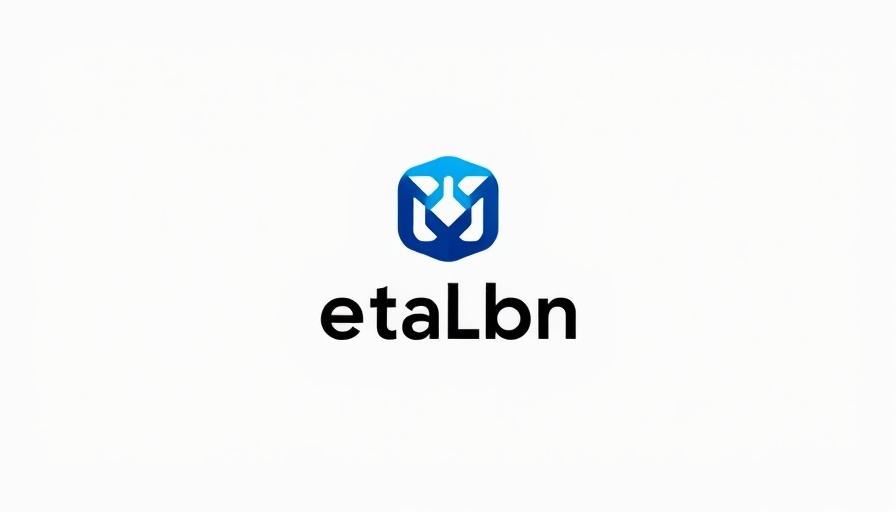
Age Verification Takes Center Stage in Digital Safety
X, formerly known as Twitter, has recently adopted stringent age assurance measures to comply with new regulatory demands from Ireland's Online Safety Code. As online platforms grapple with the responsibility of protecting younger users, these regulations highlight the imperative for digital safety in a rapidly evolving media landscape.
The New Era of Digital Responsibility
With the enactment of Ireland's latest online safety regulations, all major video-sharing platforms—including Instagram, Facebook, TikTok, and X—are under pressure to implement effective age-checking systems. This legal requirement aims to ensure that young users receive the necessary protection from inappropriate content.
X's motivations for implementing these measures stem not only from regulatory compliance but also from the rising expectation among users for safer online experiences. The new procedures will allow X to restrict access to sensitive media and ensure that content is tailored appropriately for its audience. Failure to comply can result in hefty fines of up to $23 million or 10% of annual revenue, further incentivizing platforms to prioritize user safety.
Understanding X's Age Verification Methods
X's multi-step approach to age assurance involves both self-attested data and variable signals. First, the platform will rely on users to self-report their ages, especially if they have indicated they are under 18 in previous interactions. Additionally, when deemed necessary, X can also use identification verification methods. While many platforms, including Meta, turn to third-party verification services, X has decided on a less stringent approach, which raises questions about its effectiveness and the potential risks it may pose.
Comparative Analysis: X vs. Competitors
In comparing X’s methods to competitors, it's clear that each platform is adopting different strategies to comply with these regulations. For instance, Meta's employment of third-party age verification could offer a more robust solution, yet it also raises concerns about user privacy and data security. X’s approach may appear more user-friendly, yet one must consider if it will hold up effectively against challenges posed by non-compliant users.
Future Implications of Digital Age Verification
The future of age verification online is uncertain, but it indicates a shift towards stricter oversight of digital platforms. As regulations continue to evolve, platforms will likely need to adapt rapidly, and their approaches to age verification could set precedence in how they engage with their audiences. Companies may also be incentivized to invest in technology that streamlines these processes while safeguarding user information.
Actionable Insights for Business Owners
For business owners leveraging social media to promote their brands, understanding the landscape of age verification can be crucial. Being aware of these regulations and implementing best practices for content management can help ensure compliance and build trust with your target audience. Moreover, as digital safety continues to be a priority, brands that champion these values stand to benefit from increased user loyalty.
Conclusion: Aligning with New Standards
As X implements age verification measures, it serves as a reminder for companies operating in the digital space to evaluate their practices and ensure they align with emerging regulations. Staying ahead of compliance will not only enhance user safety but also bolster the brand's reputation in an environment where trust is increasingly becoming a commodity. Strategies that prioritize user health and safety might very well be the key to sustainable growth in today's marketplace.
 Add Row
Add Row  Add
Add 




Write A Comment